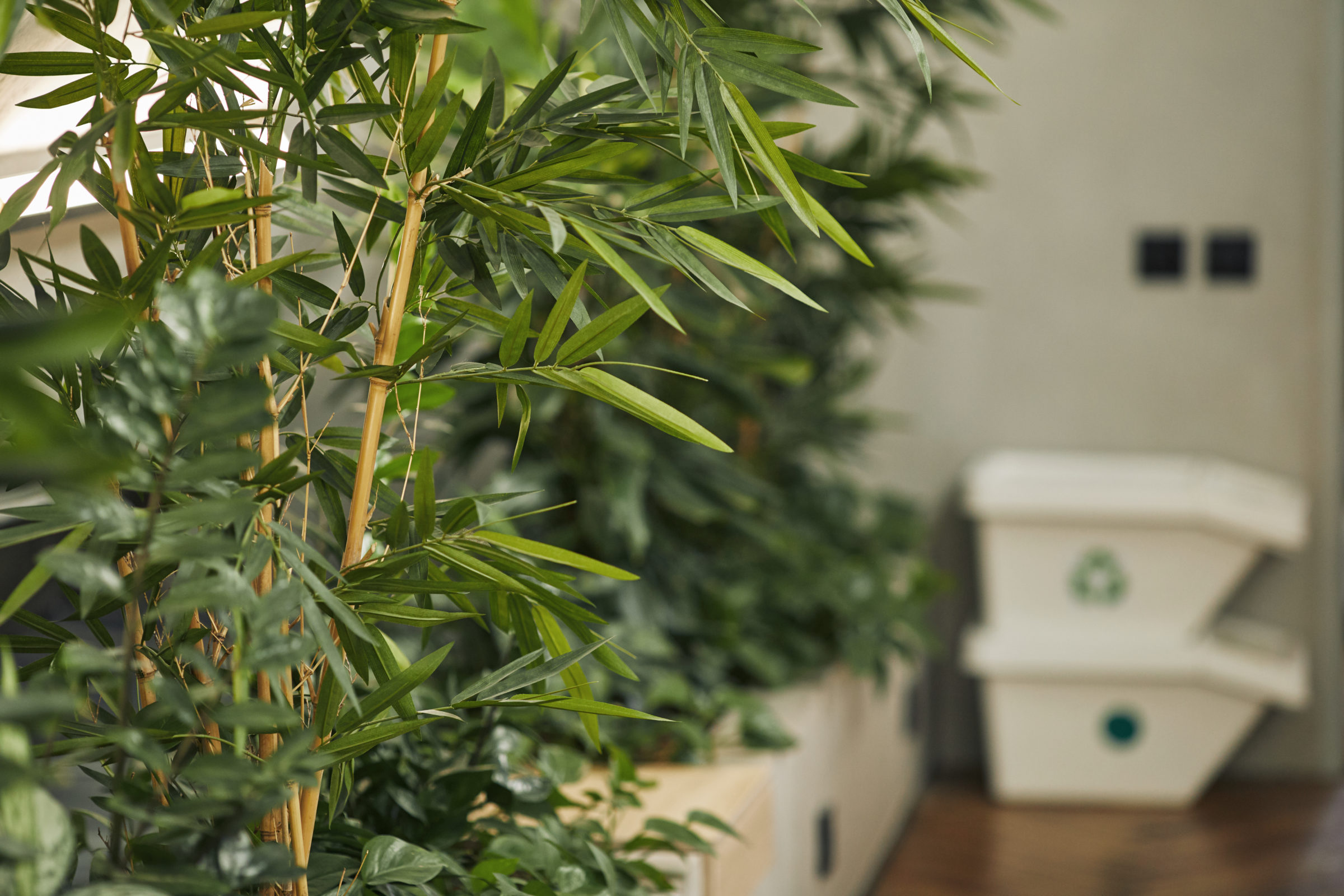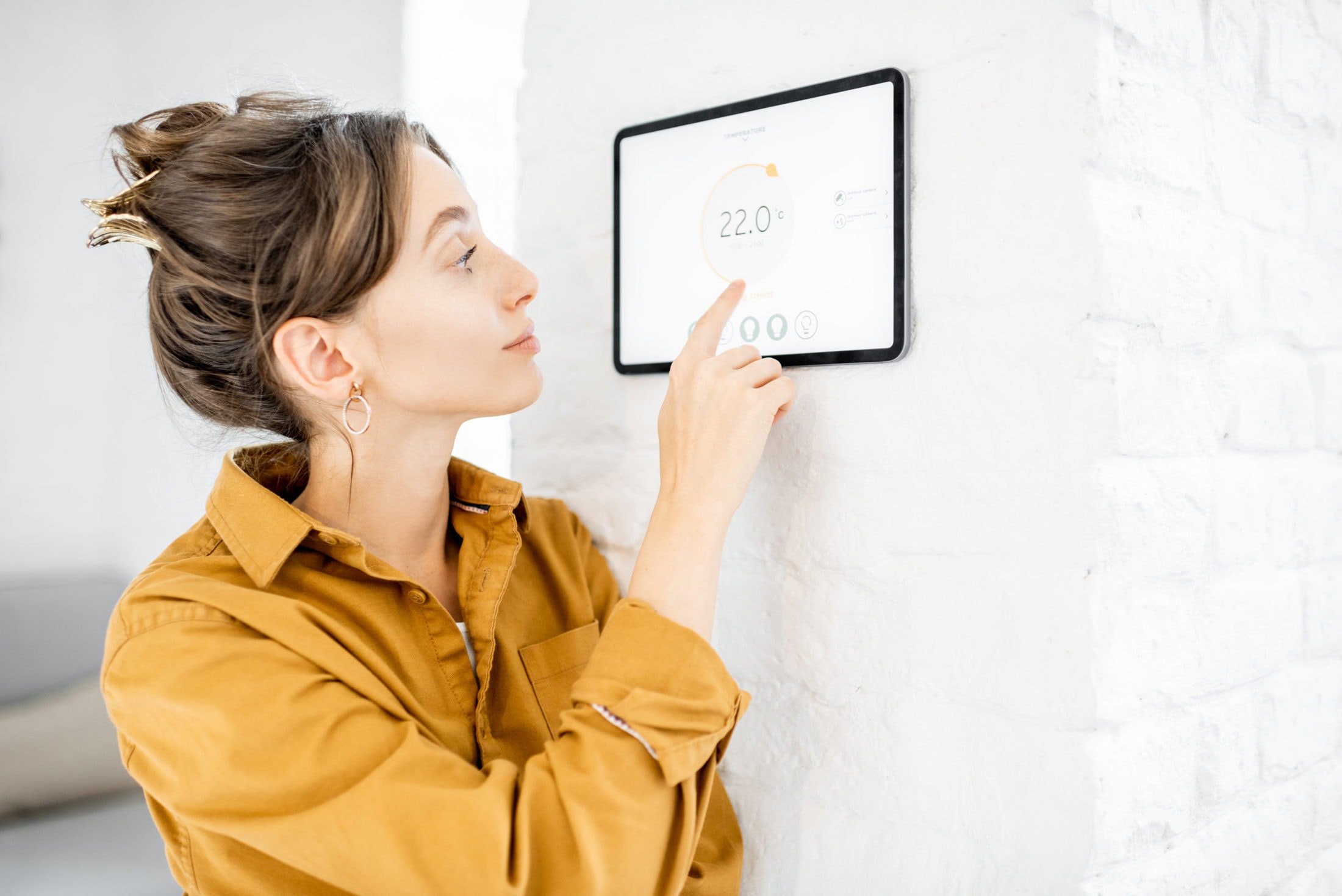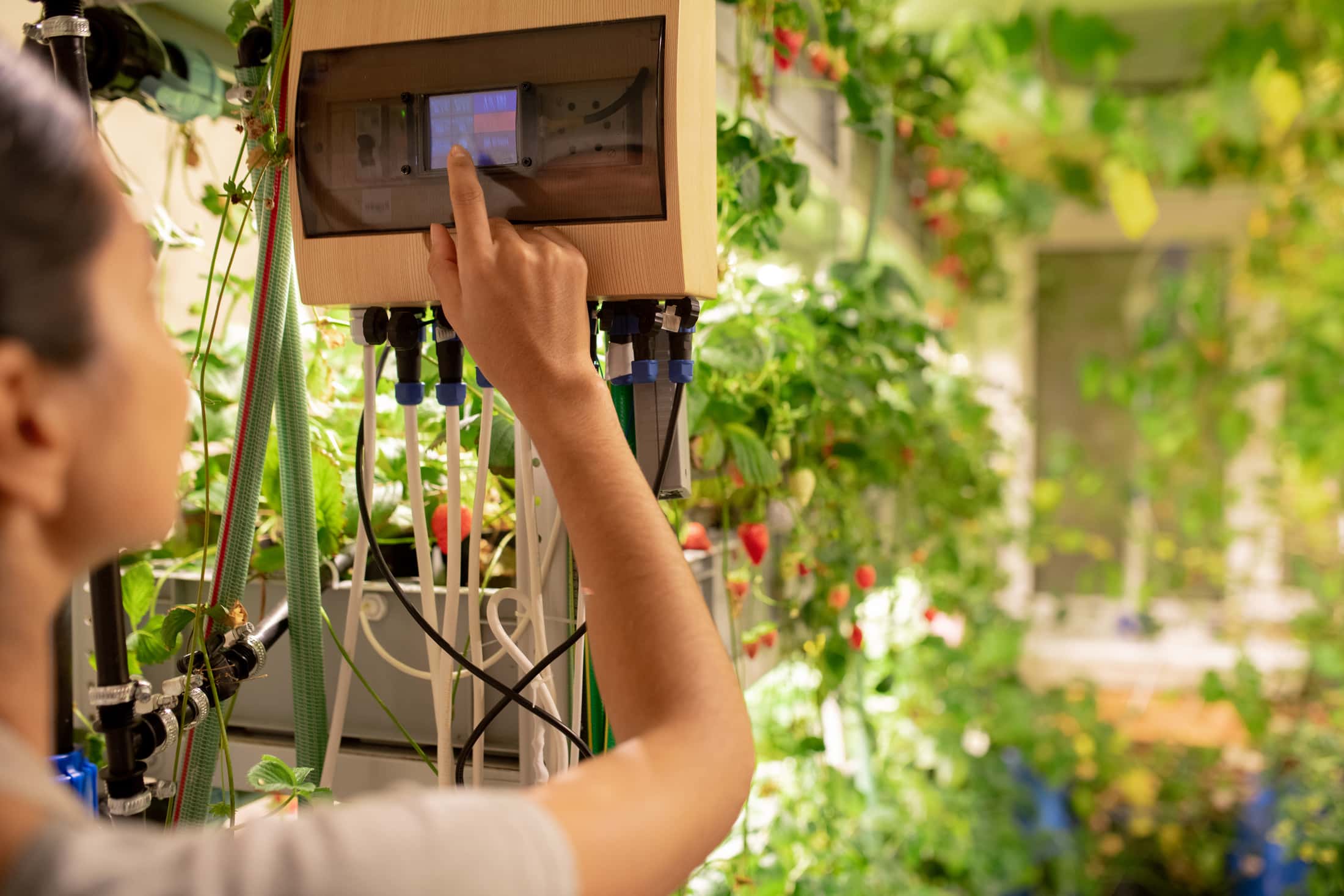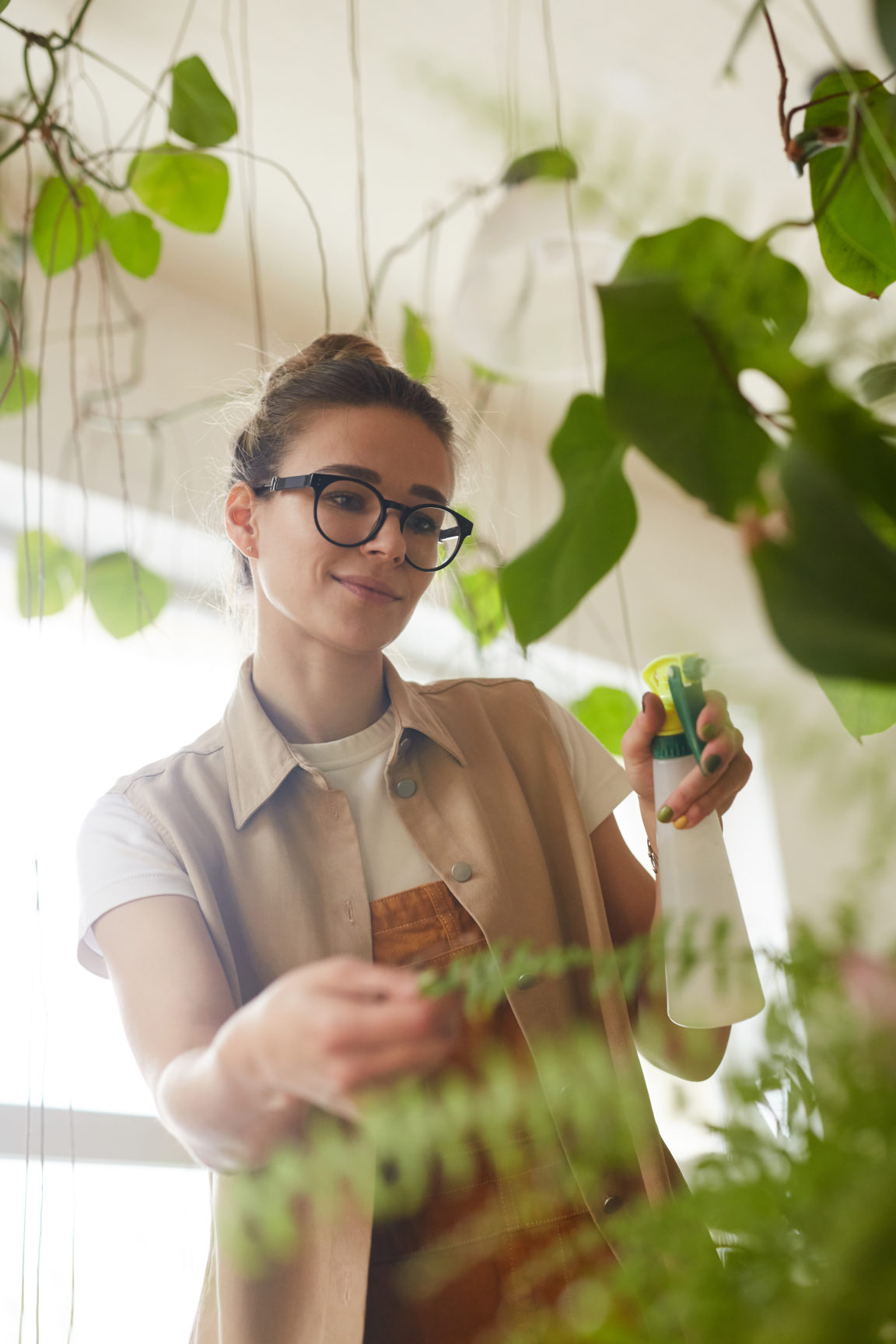Humidity is too high, the temperature is too low, nutrients are all wrong, pH levels are way off, light leaks are everywhere, the air is stagnant, carbon dioxide levels are all over the place… These are just a few of the many things that can go wrong with a grow room’s environment.
Just don’t let that list of problems scare you out of starting an indoor grow room. Even though there’s a lot of potential for things to go wrong, there are also plenty of foolproof methods to fix these issues, and even prevent them from happening altogether.
Check out these tips for controlling your grow room environment, covering everything from keeping humidity in check to maximizing airflow and increasing ventilation.
Use Automation and Controllers
The best thing you can do to keep the grow room environment in check is to automate, automate, and automate some more. There are so many reasons to automate your grow room tasks, but the main one is that it gives you complete control of your plants while reducing your workload. An essential tool to consider is greenhouse management software, which can help you streamline everything from temperature and humidity control to irrigation schedules. The first thing to automate is your lighting system, as lights are crucial for indoor plant growth. Light automation is extremely simple; all you need is a timer for each fixture to ensure they turn on and off at the exact same time daily—no manual effort required.

The Importance of Controllers
Using controllers and automation go hand-in-hand. Even a timer is considered a controller, but it’s just one kind of controller you should be utilizing. In addition to light timers, you can use a humidity and temperature controller to keep the grow room climate where it should be.
The best controllers will give you an accurate reading of the room’s current conditions, then they’ll make changes to bring the climate back into an acceptable range if it strays out of your set preferences. They’re really easy to use, easy to set up, and necessary for every grow room, no matter what you’re growing.
Give the Room a Tight Seal
It’s not just about investing in the right equipment (although that’s an important part of the process). Even with the most expensive equipment for automating and controlling, it won’t matter if your grow room is riddled with air holes and light leaks.
One of the simplest tasks for creating a stable environment is to seal the grow room and create a solid barrier between the space and the outside environment. That way, it will stay protected from the outside elements and it will be easier to keep the climate conditions stable.
Commercial level growers often use foam insulation for patching holes and creating an airtight seal. For lower-level growers, this is usually done with large plastic sheets and heavy-duty tape. Whatever method you choose to use, just be sure to seal the room before you start growing in it.

Always Control Temperature
Temperature is a crucial element to grow room climate control, but unfortunately, it’s not always easy to maintain the ideal temp for your plants. Even if you’re able to get the room to the perfect temperature, long light runtimes can quickly raise it, and low nighttime hours can cool things down just as fast.
The main thing to keep in mind with temperature control is that it’s all about consistency. Too many fluctuations are worse than a room that’s consistently too cold or too warm, so just do your best to keep things stable throughout.
Investing in the right temperature controller can help, but you’ll need more than that if you’re using a high-intensity discharge (HID) lighting system. HID lights give off a lot of heat, so temperatures can quickly get out of control, especially when the lights are running for 12+ hours.

Keep Humidity in Check
Humidity is another big factor in your grow room climate, so just like temperature, you need to take the proper steps to keep it within the ideal range. This can be a challenge for growers living in super humid or overly dry climates, so it might be necessary to install a humidifier or dehumidifier and hook up to a humidity controller.
Most growers struggle more with high humidity than with low humidity because it’s more difficult to remove humidity than it is to add it back into the air. High humidity levels can cause minor problems, but they can also lead to major grow room catastrophes like rotting roots mold on the soil of your plants.
Get the Air Moving
Airflow is a huge deal, and not having enough of it is a problem. Some growers think that using oscillating fans is enough to get the air moving, but that’s just not the case. Fans work to cool and move the air that’s inside the room, but they do nothing to introduce fresh air into the space.
For that, you’ll need to install a ventilation system. Don’t worry, it doesn’t have to be anything fancy – just a bit of ducting and an inline/extraction fan should do the trick.
Airflow and circulation are important for a couple of reasons. First off, air movement helps to strengthen plants, both above the ground and beneath the soil. Secondly, it helps to keep humidity stable, and third, it helps to evenly distribute CO2 around the room (more on that next).

Start Thinking About CO2
This last tip is for more advanced growers, so you can skip over this one if you’re new to the indoor garden game. Plants need CO2 to live, and Climate Central says that “in a process called ‘photosynthesis,’ plants use the energy in sunlight to convert CO2 and water to sugar and oxygen.”
Because of carbon dioxide’s role in photosynthesis, supplementing the grow room air with CO2 is one of the best ways to beef up your plants and up your yields.





